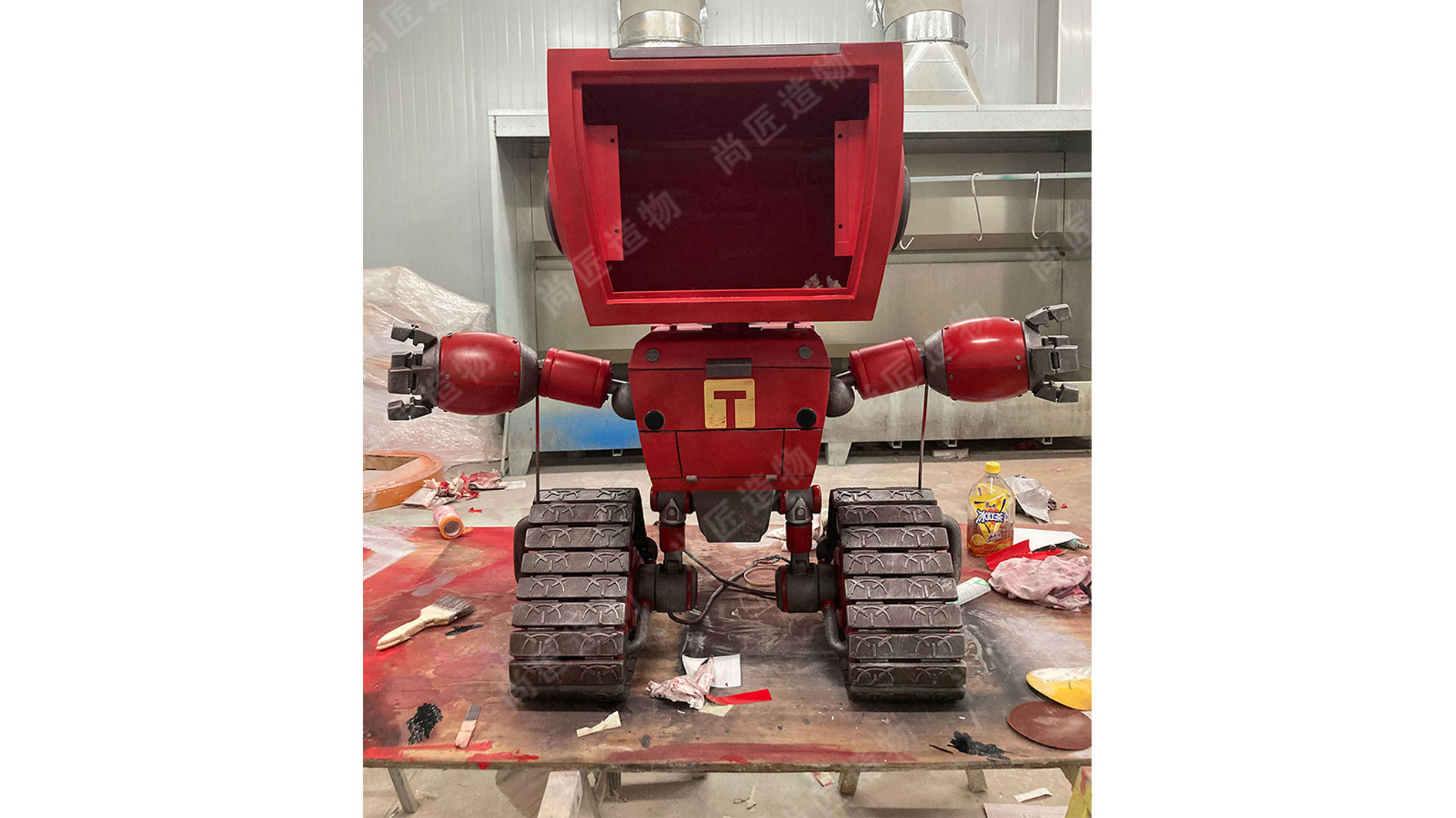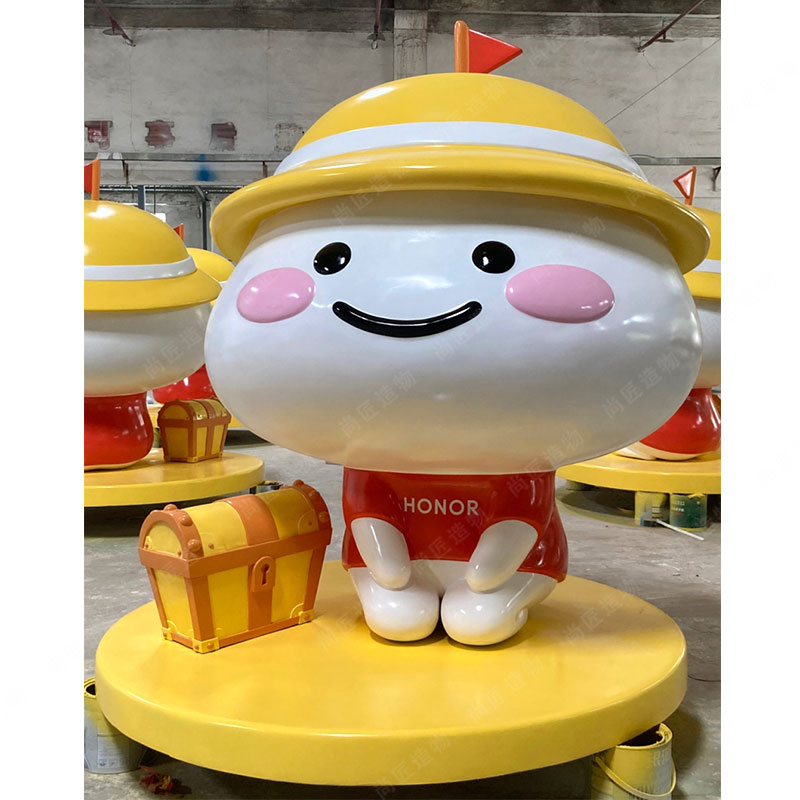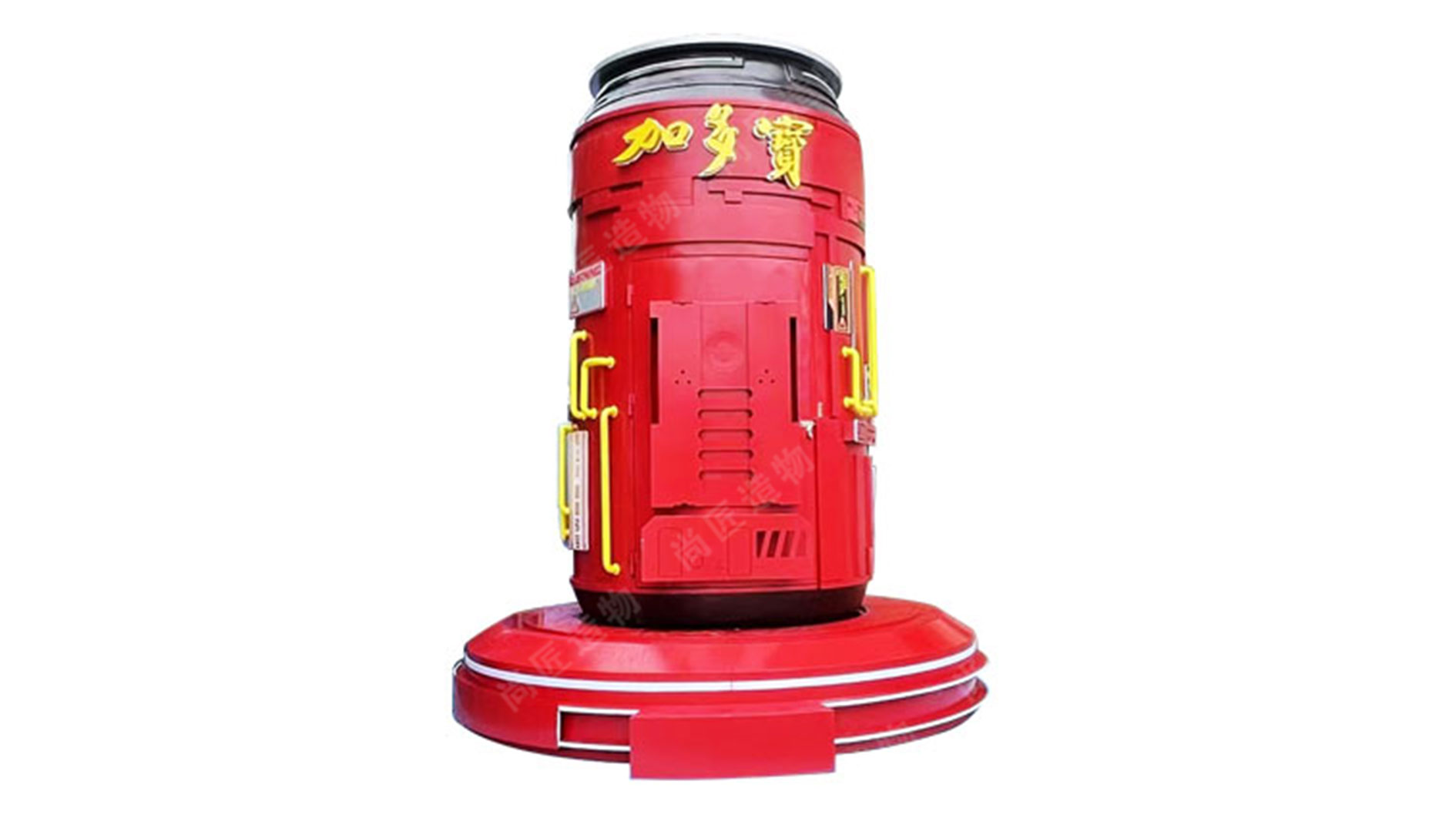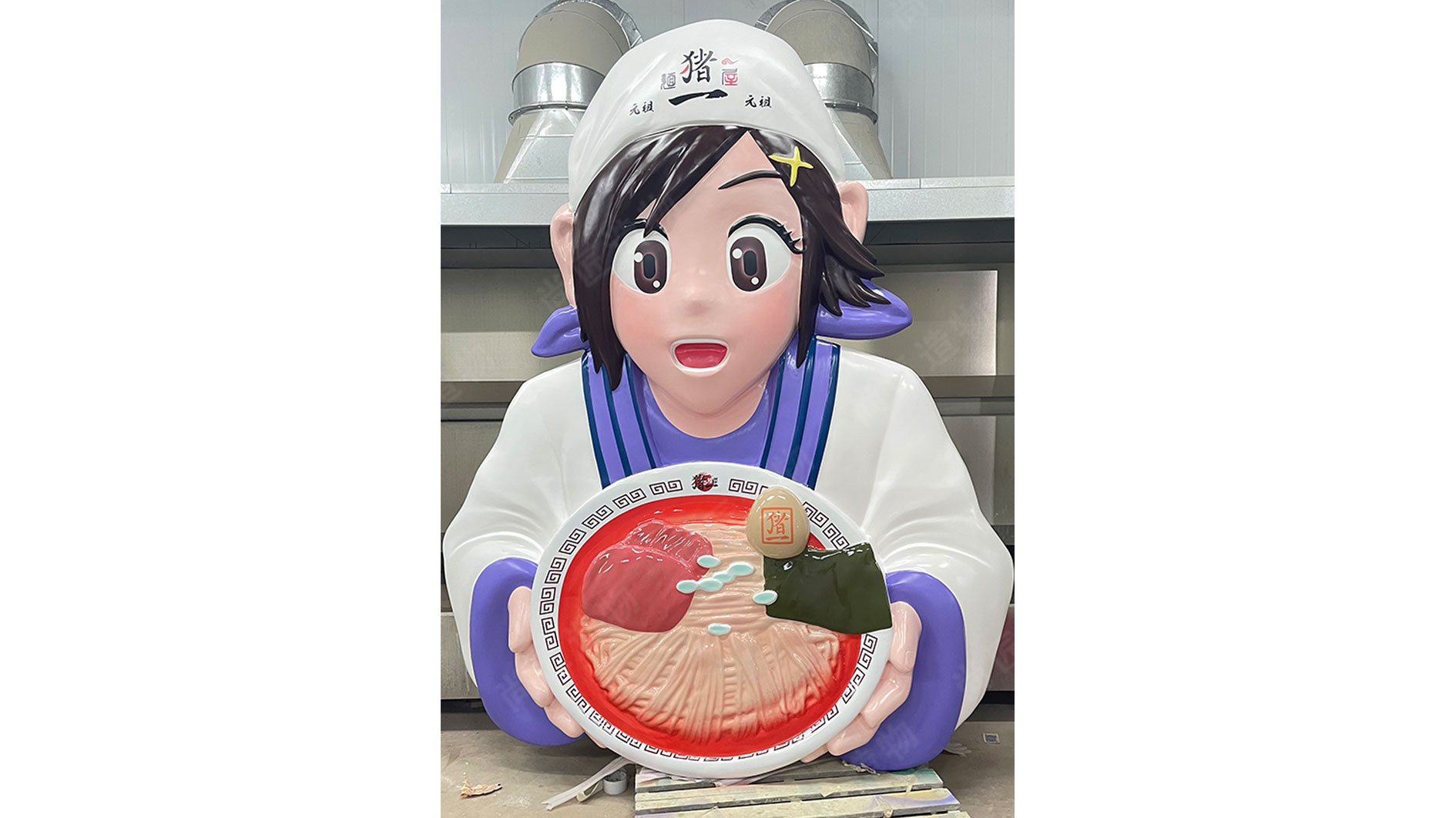Key Takeaways
Kinetic sculptures are redefining how brands approach physical spaces by integrating motion into custom designs. These installations combine engineering precision with artistic vision, creating multisensory experiences that static art cannot match. For example, rotating elements or wind-responsive components can transform a corporate lobby into an interactive showcase, reinforcing brand identity through movement.
"Motion in design isn’t just visual—it’s emotional. Kinetic sculptures allow brands to ‘speak’ through rhythm and flow, making abstract values tangible." — Lila Torres, Corporate Design Director
A comparison of traditional vs. kinetic sculptures highlights their distinct advantages:
| Feature | Traditional Sculpture | Kinetic Sculpture |
|---|---|---|
| Audience Engagement | Passive observation | Interactive experience |
| Adaptability | Fixed form | Responsive to environment |
| Memorability | Visual impact | Multisensory imprint |
Brands leveraging kinetic sculpture strategies often report higher dwell times in retail or office environments. Tip: Pair kinetic installations with tactile materials (e.g., textured surfaces) to deepen sensory connections. For instance, a rotating metal sculpture with engraved branding becomes both a visual focal point and a touchpoint for tactile recall.
The science behind these designs involves balancing aesthetics with mechanics. Fluid motion patterns, calibrated speeds, and sound integration (e.g., subtle whirring gears) can align with a brand’s messaging—slow, deliberate movement for luxury sectors vs. energetic cycles for tech startups. By prioritizing motion-driven storytelling, companies turn physical spaces into dynamic extensions of their identity.

Kinetic Sculptures Elevating Brand Identity
Kinetic sculptures are redefining how brands express their identity by integrating motion into physical art. Unlike static installations, these dynamic pieces use mechanical or natural forces to create evolving visual narratives. For corporations, this translates to branded environments that shift perceptions—imagine a lobby sculpture whose rhythmic movements mirror a company’s commitment to innovation. By blending engineering with aesthetics, kinetic designs transform logos or mascots into interactive experiences, fostering deeper emotional connections.
A key advantage lies in their adaptability. A sculpture’s movement can align with seasonal campaigns or real-time data, such as fluctuating stock prices or social media engagement. This responsiveness turns branded spaces into living storytellers, reinforcing corporate values without overt messaging. Even playful elements, like a Cartoon sculpture with animated features, can humanize tech-driven brands while maintaining sophistication.
Moreover, kinetic art’s tactile nature invites touch and observation, prolonging audience interaction. Studies show that multisensory experiences improve brand recall by up to 70%, making these installations strategic tools for memorability. As brands compete for attention in crowded markets, kinetic sculptures offer a distinct edge—turning identity into an immersive, ever-changing dialogue.

Motion-Driven Design for Corporate Engagement
Kinetic sculptures introduce a transformative layer to corporate branding by integrating purposeful movement into physical spaces. Unlike static installations, motion-driven designs leverage mechanical or wind-powered elements to create rhythmic patterns, drawing attention while reinforcing brand narratives. For example, a rotating stainless steel sculpture in a corporate lobby can mirror a company’s commitment to innovation, its metallic surfaces reflecting light to produce dynamic visual effects. This approach aligns with behavioral studies showing that rhythmic motion increases dwell time by up to 40% in commercial environments, fostering deeper engagement with branded messaging.
By synchronizing movement with architectural features, businesses can curate multisensory experiences that resonate with visitors. A sculpture’s kinetic behavior—whether subtle oscillations or dramatic rotations—acts as a tactile metaphor for brand values like agility or precision. Such installations also adapt to spatial constraints, making them viable for both expansive atriums and compact retail settings. When paired with strategic lighting, these designs amplify perceptual impact, ensuring brand identities are not just seen but experienced. This synergy of art and engineering positions kinetic sculptures as critical tools for modern corporate storytelling.
Interactive Branding Through Dynamic Sculptures
Kinetic sculptures introduce an interactive dimension to branded environments, transforming passive observation into active participation. Unlike static installations, these moving artworks respond to environmental factors like wind, light, or human interaction, creating a dynamic dialogue between the brand and its audience. For instance, touch-sensitive surfaces or motion-activated lighting systems can turn corporate lobbies into immersive storytelling spaces, where visitors physically engage with a brand’s visual identity. This interactivity fosters memorable experiences, as users associate the brand with moments of curiosity and discovery.
By integrating motion into custom sculptures, companies can emphasize adaptability—a trait increasingly valued in modern markets. A rotating sculpture with branded motifs, for example, might reveal different patterns as it moves, symbolizing innovation or transformation. When paired with Realistic sculpture techniques, kinetic elements gain lifelike textures that invite tactile exploration, bridging digital branding with physical interaction. Such installations not only hold attention longer than traditional signage but also encourage social sharing, amplifying reach organically. The result is a multi-sensory brand experience that aligns corporate messaging with audience behavior, turning abstract concepts into tangible encounters.

Bespoke Artistry Meets Tactile Brand Experiences
In an era where digital interactions dominate, tactile brand experiences offer a refreshing counterbalance by grounding audiences in physical engagement. Custom kinetic sculptures achieve this by blending bespoke artistry with sensory interaction, transforming static branding into multisensory narratives. These installations invite touch, motion, and exploration, creating memorable connections that transcend visual appeal alone. For instance, a Fiberglass sculpture engineered with kinetic elements can respond to human interaction—swaying, rotating, or emitting subtle sounds—turning corporate spaces into immersive storytelling environments.
Material choices play a pivotal role in amplifying tactile engagement. Lightweight yet durable mediums like fiberglass allow for intricate, large-scale designs that withstand repeated interaction while maintaining artistic precision. This synergy of form and function enables brands to craft installations that reflect their identity while encouraging hands-on participation. By prioritizing tactile elements, companies foster emotional resonance, as audiences physically interact with the brand’s values, ethos, and aesthetic vision. Such experiences not only deepen engagement but also position the brand as an innovator in merging art with experiential marketing.
Redefining Corporate Spaces with Kinetic Installations
Kinetic sculptures are reshaping corporate environments by introducing fluid motion into traditionally static spaces. These installations merge engineering precision with artistic vision, creating branded focal points that adapt to their surroundings. Unlike conventional decor, kinetic designs respond to environmental factors like airflow, light, or human interaction, offering a living representation of a brand’s identity. For example, a suspended IP character sculpture with rotating elements could mirror a company’s innovative ethos, while wall-mounted pieces with rhythmic patterns might reflect operational harmony.
By integrating motion, these sculptures transform lobbies, atriums, and meeting areas into dynamic storytelling platforms. The subtle interplay of movement draws visitors into a multisensory experience, reinforcing brand messaging without overt advertising. Data from architectural studies shows that interactive elements in workspaces can increase visitor dwell time by up to 40%, making kinetic art a strategic tool for fostering engagement. As corporations prioritize experiential design, kinetic installations emerge as a bridge between aesthetic appeal and functional branding—turning physical spaces into memorable extensions of corporate identity.

Custom Sculptures as Tactile Marketing Tools
Building on the interplay of motion and artistry, custom kinetic sculptures are emerging as powerful tactile marketing tools that bridge physical and emotional brand connections. Unlike static signage or digital ads, these sculptures invite touch, creating multisensory experiences that leave lasting impressions. For example, a rotating metal sculpture in a retail space can draw customers closer, encouraging interaction while subtly embedding brand motifs into its moving parts. This tactile engagement transforms passive viewers into active participants, fostering deeper emotional ties to the brand.
In corporate environments, kinetic installations serve as functional art that aligns with brand values. A spiraling sculpture in a lobby, crafted with materials reflecting a company’s sustainability ethos, becomes both a conversation starter and a tactile reminder of its mission. Studies indicate that tactile stimuli enhance memory retention, making such installations strategic tools for reinforcing brand messaging. By merging artistic craftsmanship with purposeful motion, businesses can turn physical spaces into immersive brand narratives, where every touchpoint becomes an opportunity for connection.
The Science of Movement in Branded Environments
Kinetic sculptures integrate principles of physics, engineering, and perceptual psychology to create branded environments that resonate with audiences on subconscious levels. By leveraging controlled motion patterns—such as rotational symmetry, pendulum oscillations, or wind-responsive elements—these installations activate neural pathways associated with curiosity and emotional connection. Research in environmental psychology suggests that dynamic visual stimuli increase dwell time by 40-60% in corporate spaces compared to static displays, making motion a critical tool for sustaining brand recall.
Advanced materials like shape-memory alloys or programmable servo motors enable precise choreography of movement, aligning kinetic behavior with brand messaging. For example, a sculpture mimicking a company’s logo through fluid, wave-like motions can subliminally reinforce brand identity while adhering to airflow dynamics. This synergy between artistic intent and biomechanical precision transforms lobbies, retail spaces, and public plazas into immersive storytelling platforms. When synchronized with lighting or soundscapes, the resulting multisensory experience bridges scientific rigor with creative branding, turning abstract corporate values into tangible, memorable interactions.
Kinetic Design Strategies for Audience Captivation
Effective kinetic design strategies prioritize intentional movement patterns to create memorable brand interactions. By analyzing crowd flow and dwell times, designers engineer sculptures that activate during peak engagement moments—such as rotating elements triggered by foot traffic or color-shifting panels responding to ambient sound. These installations often incorporate modular components, allowing brands to adapt configurations for trade shows, lobbies, or public plazas without losing core identity markers. Recent advancements in low-energy motion systems enable 24/7 operation, with weighted pendulums or solar-powered gears maintaining subtle brand-associated movements even in static environments. A 2023 retail study showed installations with synchronized light-motion sequences increased viewer recall by 62% compared to static signage. Strategic placement remains critical, with elevated vantage points and pathway intersections maximizing visibility while reinforcing wayfinding logic. As these kinetic elements become focal points, they naturally guide audiences toward adjacent brand zones, creating cohesive experiential journeys. This approach bridges the gap between artistic spectacle and functional marketing, setting the stage for deeper exploration of biomechanical principles in branded environments.
Conclusion
Kinetic sculptures represent a strategic evolution in custom branded design, offering businesses a tangible method to communicate identity through movement and form. By integrating motion-driven elements, these installations transcend static branding, creating environments where corporate messaging interacts dynamically with its audience. The adaptability of kinetic sculptures allows brands to craft site-specific narratives that align with architectural spaces and cultural contexts, ensuring each piece resonates with both purpose and aesthetic coherence.
As organizations seek to differentiate themselves in competitive markets, the fusion of engineering precision and artistic vision in kinetic design provides a measurable advantage. These sculptures do not merely occupy physical spaces—they activate them, transforming passive viewers into engaged participants. When executed effectively, such installations become enduring symbols of innovation, reinforcing brand values through multisensory experiences. The growing adoption of kinetic elements in corporate branding signals a shift toward experiential marketing strategies that prioritize emotional connection alongside visual impact.
Frequently Asked Questions
What defines a kinetic sculpture in branded design contexts?
Kinetic sculptures incorporate motion, often powered by wind, motors, or human interaction, to create dynamic visual experiences. In branding, these sculptures merge artistic craftsmanship with a company’s visual identity, transforming static logos or messages into moving, memorable installations.
How do kinetic sculptures differ from traditional branded art?
Unlike stationary sculptures, kinetic designs engage audiences through movement, sparking curiosity and prolonged interaction. This active participation strengthens emotional connections to the brand, making it more memorable than passive observation of conventional art.
Can kinetic sculptures be tailored to specific industries?
Yes. Designers adjust materials, motion patterns, and scale to align with industries—for example, sleek metallic finishes for tech firms or fluid, organic movements for eco-conscious brands. Customization ensures the sculpture reflects both aesthetic and functional brand values.
What practical benefits do kinetic installations offer businesses?
Beyond aesthetics, they serve as tactile marketing tools. Motion attracts foot traffic, while interactive elements encourage social media sharing. Additionally, they can subtly demonstrate a brand’s innovation, such as using sustainable energy sources to power movement.
Are kinetic sculptures suitable for indoor and outdoor spaces?
Absolutely. Outdoor designs often leverage natural elements like wind, while indoor installations may use discreet mechanical systems. Durability and safety considerations vary by location, but adaptable engineering allows integration into nearly any corporate environment.
How does motion influence audience perception of a brand?
Movement inherently draws attention and implies progress or innovation. When tied to branded elements, it reinforces messages like adaptability, creativity, or technological leadership—qualities that static visuals struggle to convey with equal impact.
 ch
ch English
English






